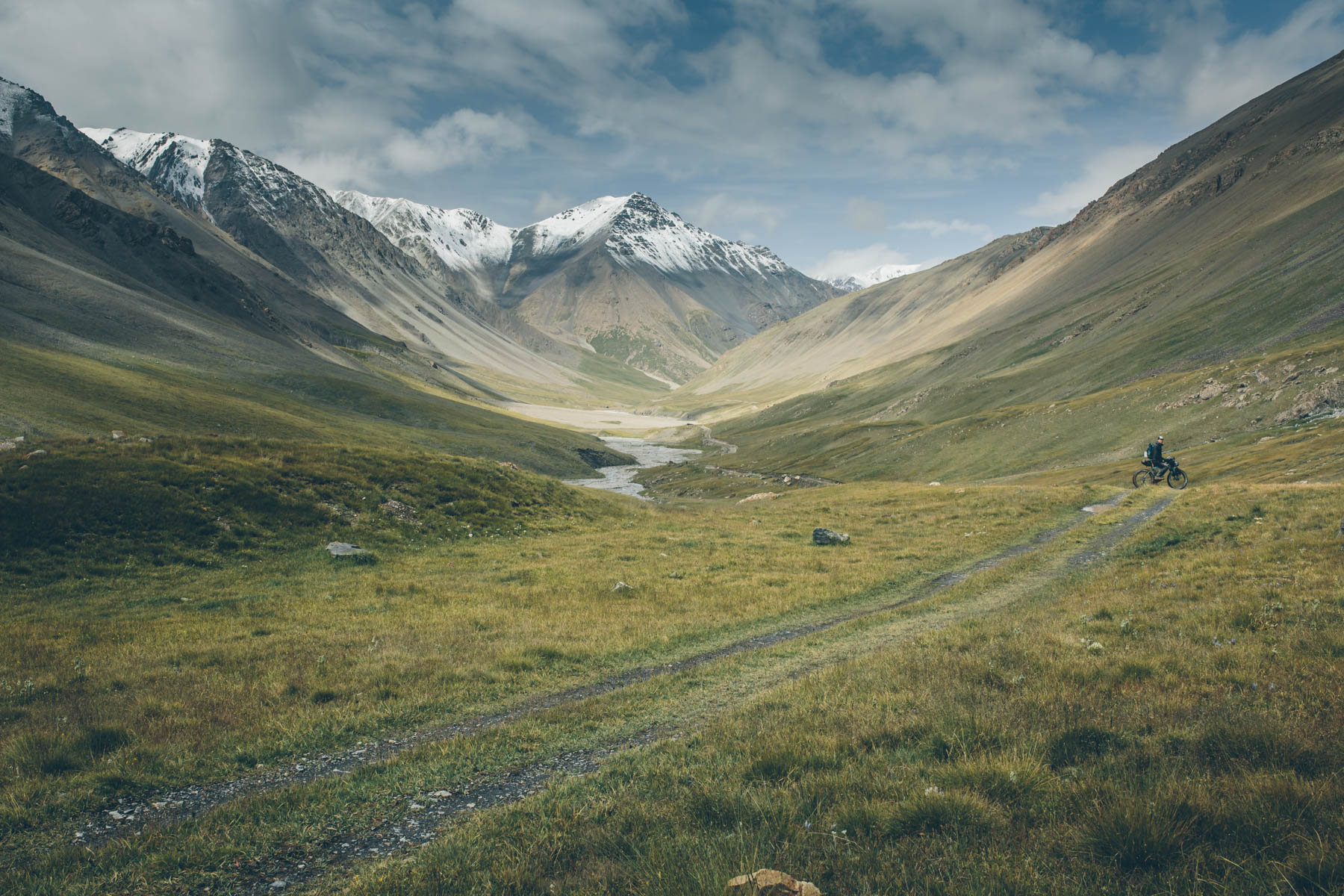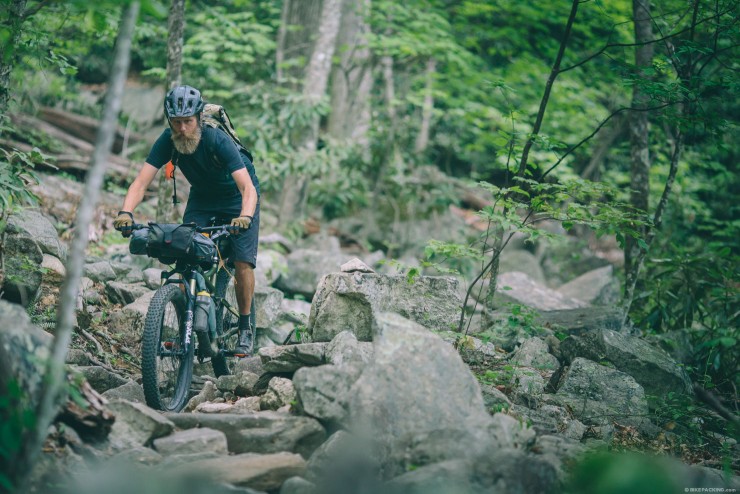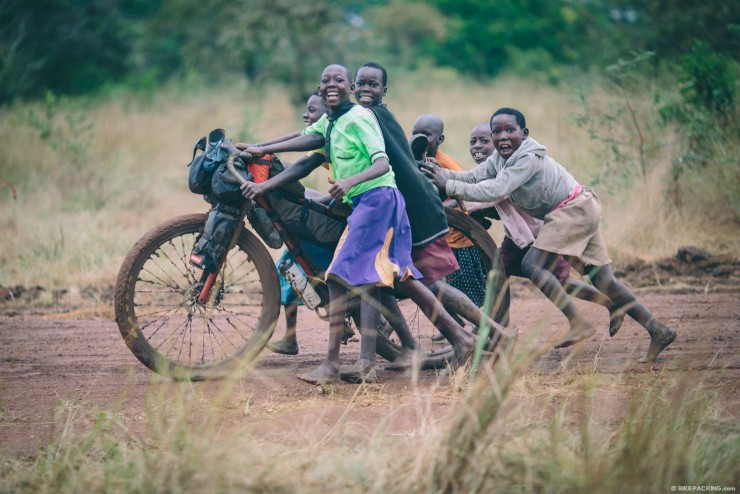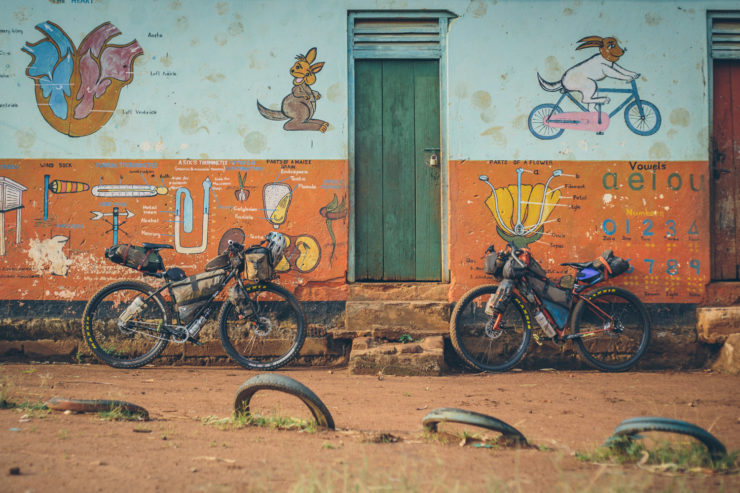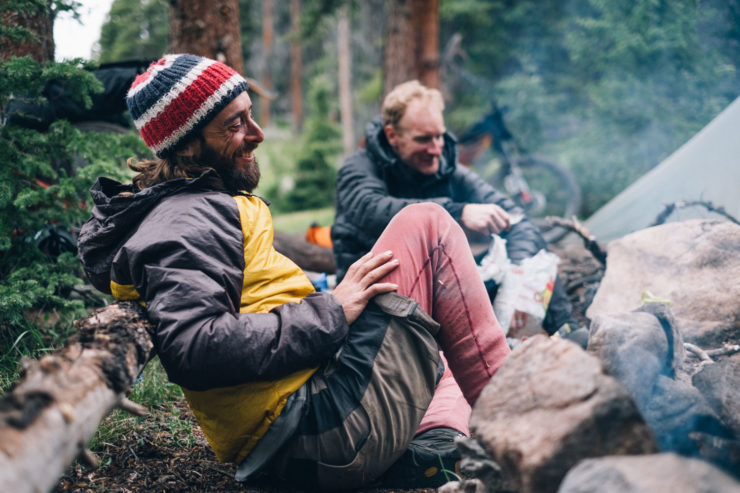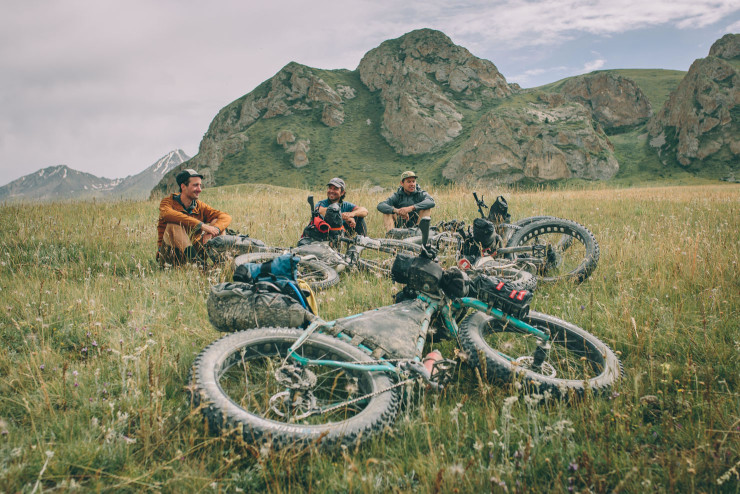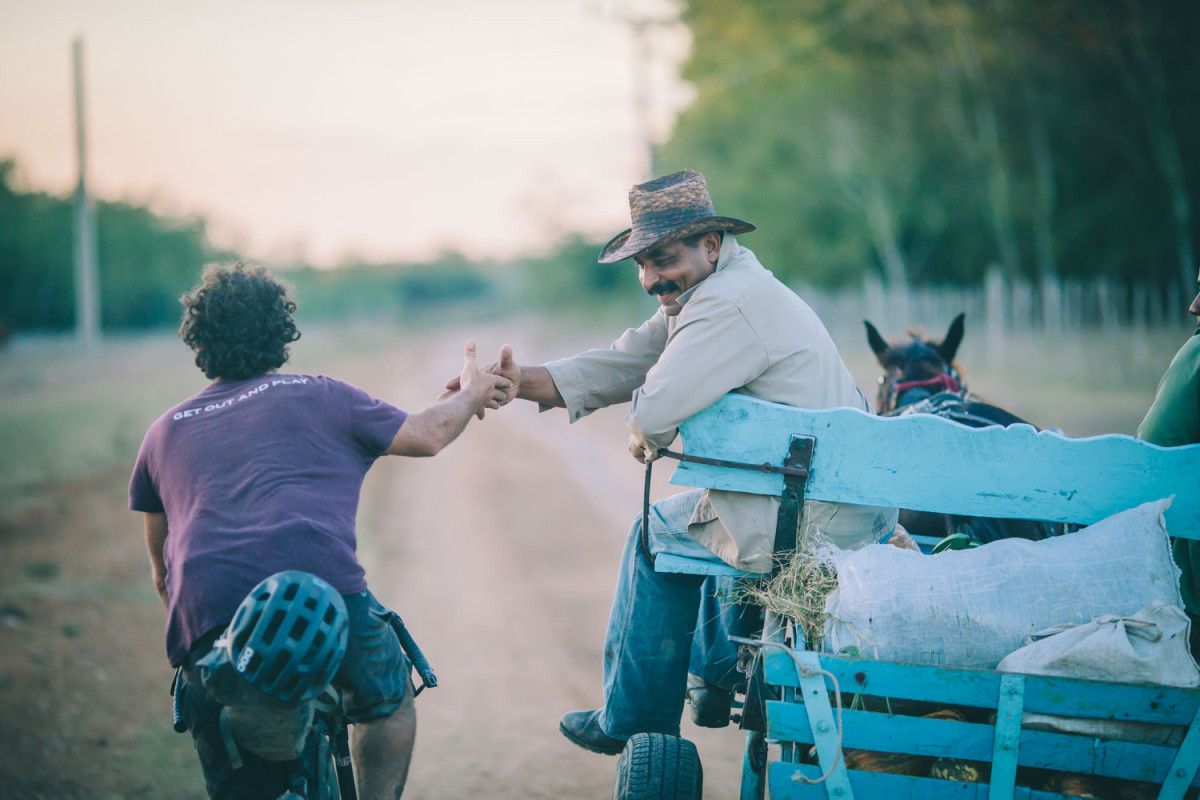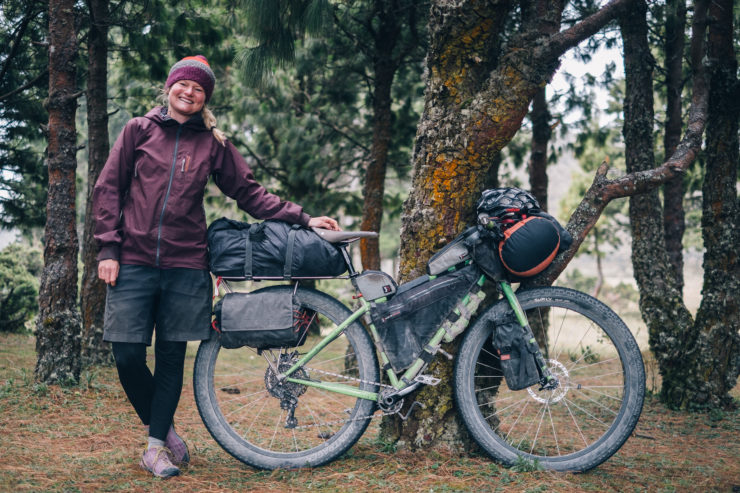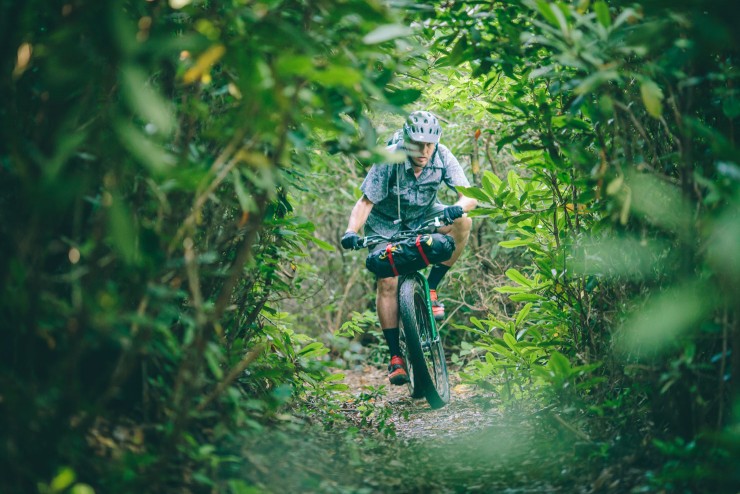The Rise of Bikepacking, A Manifesto
“Isn’t bikepacking getting too commercialized? Why do you publicize routes? Don’t we want fewer people on trails? And what exactly is bikepacking? Isn’t that just a new word for touring?” Those are just a few of the questions we’re asked regularly. To answer such queries into our motives, here’s our mission statement, and why we think the growth of bikepacking is one of the best things to happen to both riders and the bike industry…
Everything that’s great eventually gains popularity and gets bastardized by greed and corporatization, right? Take hardcore punk rock as an example, perhaps a strange analogy to anyone who doesn’t share my musical taste. During its rise in the late 70s and early 80s, it was completely disparate from anything else at the time. It purposefully flipped a middle finger at every type of music that came before it. Then it “sold out,” and now we’re left with spinoffs, punk-pop, and Blink 182. Either way, there will always be a Bad Brains record at arm’s length in my music library.
So, where’s this going? The point I want to make is that at the early stages of any fringe movement there were people in the trenches before it became a trend – the makers, doers, and pioneers who created the original. Then, companies come along and run with those concepts in the name of success and the mighty dollar. It’s inevitable. But that doesn’t mean those original ideas are dead.
Some say bikepacking is in that state of flux right now. It has captured the imagination of a new group of people who want to camp out on their bikes, ride trails, explore the world, and the venture into the great outdoors. And in doing so, it has piqued the interest of an ever-growing number of businesses keen to get in on the action.
As a result, the term itself has grown to envelop an ever broader range of biking touring interests. Perhaps now’s a good point to backtrack a little and share our interpretation of the term, here at BIKEPACKING.com. While bicycle touring has existed since time immemorial, bikepacking has come to define a style of travel favoring routes that are predominantly off-pavement, sometimes featuring significant components of singletrack. Routes that by their nature tend to demand lighter weight setups than the traditional four-pannier bike touring setup — at least to be enjoyed to the fullest. Now, this doesn’t mean people weren’t riding and camping along remote trails before the word came along. More, that it’s a handy way of describing the lightweight, offroad component favored for such rides. Why dirt and not pavement? As our highways become ever busier with traffic, we’ve noticed a burgeoning group of riders seeking routes that are quieter, closer to nature, more adventurous, and in our opinion, a lot more fun. But it should also be said that we recognize that all terms are simply convenient, bite-sized definitions and are subject to change over time. Ultimately, we’re fans of bike touring in all its many incarnations and tribes, so we’re the first to acknowledge that there’s often a lot of overlap and shared stoke, however you choose to camp out on a bike, and whatever bike and setup you choose.
Anyway, As I was saying, bikepacking has also captured the imagination of a whole new group of riders, and in doing so, the bike industry. In a big way. So be it! We think bikepacking is the best thing to come along since The Misfits (to borrow from my punk rock analogy again), or this site wouldn’t exist. And because of this, we are doing our best to build the stoke. That last sentiment might raise a few eyebrows. But it goes with our mission, which you can read about below, along with all its congruent issues, from public land awareness, to the general perception of the cycling community, to the advocacy of the trails we ride, to the state of the bike industry itself.
When we started BIKEPACKING.com, we really had no idea where it would go. It was born from behind the handlebars out of a passion for sharing the adventure. Since then, it’s grown more than we could have imagined. Given that we recently turned two years old as BIKEPACKING.com (five years in total), we thought it would be a good time to share where we stand and where we see it going.

1. Change (The Rhetoric)
As the editor at BIKEPACKING.com, I see a lot of bike related content. After a while, it’s easy to gloss over the prevailing tone of mainstream mountain biking media, social streams, and culture. You know, the one where trails aren’t just ridden. They’re ripped, crushed, owned, and shredded. Scenery is supplanted by skids, tail whips, and big air. All too often, the image of mountain biking is portrayed as destroying land, not savoring it. This overtly aggressive lexicon has also slipped into the words, visual language, culture, clothing, and graphics that define it. It’s no wonder other land user groups fear us. Don’t get me wrong, I appreciate carving fast singletrack just as much as anyone. Mountain bikes are incredible machines and the skillsets that individuals have developed to push them to their limits is amazing. But I also think there is a softer, alternative voice that needs to be heard, nurtured, and grown.
Fortunately, the rise of bikepacking presents the opportunity to seize a new vernacular. One that offsets aggressive imagery with that focused on stewardship and appreciation. One that places landscapes, cultures, exploration, and solace over hits and berms. The language of bikepacking, both literal and visual, hinges on words like remote, access, wander, and backcountry. Visuals that tell a story that go beyond outright speed and technical mastery. We see this as an extremely positive message, especially in the face of worldwide land access issues. With the right educational information around ethics and advocacy, we believe in the value of encouraging the growth of this alternative perception of mountain biking.
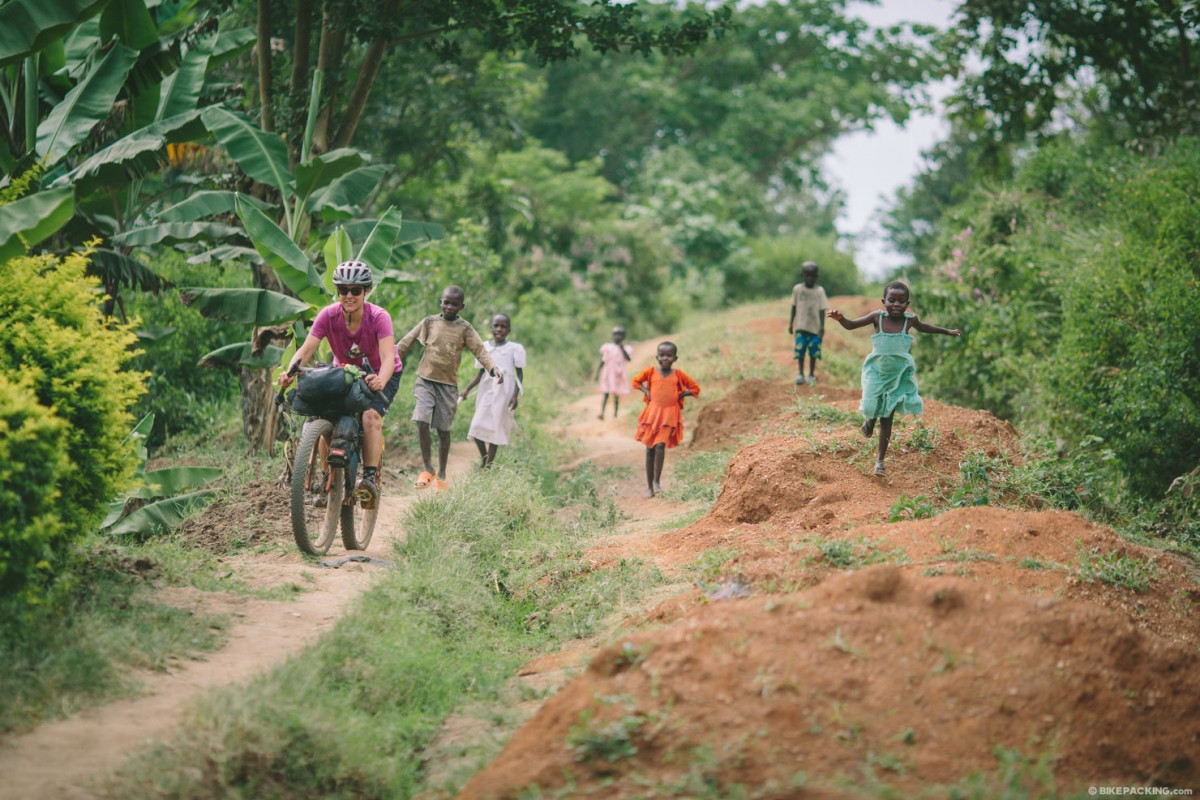
2. Inspire (People to get out on Bikes)
Bikepacking has grown significantly in the last few years. Prior to 2013, it was mostly reserved for diehard endurance racers, outliers, wanderers, and obscure forum discussions. Since then, the concept has evolved and been pulled in different directions. But the idea is still the same. Strap some stuff to a mountain(ish) bike, ride it somewhere off the beaten track for a couple days (or more), and camp in between. Explore by bike. Adventure by bicycle. Touring with a sense of urgency. Or whatever tagline you prefer. As with anything that has grown in popularity, those who see themselves as pioneers are sometimes prone to protecting their stomping grounds by keeping them secret, as many are apt to do with places that are unique and precious to them.
This brings us to the second question in the intro, and the one that kind of spurred this post — and even the desire to create a mission statement of sorts: “Why do you publicize routes; don’t you want fewer people on these trails?”
In a nutshell, we don’t think overuse or trail abuse from other bikepackers is or will be a threat, especially with the right introduction and education. Given the ever-growing number of routes that are being developed, it’s quite surprising to meet other bikepackers on the trail. And such encounters are usually very welcome. Where there have been issues in the past related to sudden growth, education in the ethics of Leave No Trace and other best practices embedded in our routes and guides will help ensure they aren’t repeated in the future.
In fact, we see part of our goal and responsibility as providing more opportunities for getting people out on their bikes — especially ones that go far beyond a stacked series of trails, rock gardens, berms, and jumps. Creating longer bikepacking routes encourages riders to connect with our environment, historical places, and with other cultures, which we think is especially important given the turbulent times we live in. In our opinion, this overrides any sense of keeping things secret.
I asked Cass Gilbert, co-editor and professional stoke builder, to weigh in. Here’s what he had to say:
I even think the act of carrying our own gear creates a different level of respect for our surroundings than the one gleaned by driving to a trailhead and blowing through on a day ride. Packing our own food and supplies makes us especially aware of the importance of self-sufficiency and sustainability. It slows us down and brings a heightened sense of awareness for where we are. Of course, with it comes the responsibility of acting accordingly. I don’t believe I’m naive in thinking that it’s one that almost all bikepackers will carry out naturally, even as the market grows. I don’t doubt that they’ll always be the odd exception – the same can be said in every part of life – but we shouldn’t let isolated acts of selfishness spoil and taint the positive experiences of others.
Bikepacking can be hard work and it can put us well and truly outside of our comfort zone, in ways that we’re often denied in a society in which convenience is king. If someone is prepared to commit themselves to such an endeavour, I’d like this site to help provide both the inspiration and knowledge for having the most rewarding experience possible. If sharing information – like great places to ride – is the catalyst for getting potential bikepackers out there, that’s a good enough reason for me being a part of doing what we do. Making connections is what we need right now, and seeing the world on a bicycle is amongst the best ways of doing this.”
So how about too much growth? “Bikepacking is going to get too big and be ruined forever,” cry the diehards. Even if its popularity still pales in comparison with other sub-genres in the two-wheeled spectrum of sports, should we be worried about its future? If you are small bag maker — in some ways, the crux of the bikepacking community — perhaps there is a reason to be concerned, given the big brand products hitting the shelves. Competition is always scary. Will overseas manufacturing squeeze out the cottage industry innovators? I’ve heard some people toss around the old and hopeful adage: A rising tide lifts all ships. Perhaps this is true. For our part, we’ll certainly do our best to provide a platform for small makers.
I asked Scott Felter, the founder of a small bikepacking bag company, Porcelain Rocket, to weigh in. Here’s what he had to say:
“On one hand, I won’t pretend that I haven’t noticed a shift in sales, compared to the early days. In the beginning, we sold full kits (handlebar, frame, and seat bag) almost exclusively, as there were only so many small cottage shops building bikepacking gear. Now, it seems that lots of consumers are enjoying the ability to mix ‘n match. This is undoubtedly in response to the availability of far more off-the-shelf gear options in universal-fit gear. On the other hand, the presence of larger companies has done us smaller shops a service, in that it affords us the opportunity to show off innovation and it forces us to specialize our line-ups to stay competitive. It has certainly changed the way we operate at Porcelain Rocket, but I see most of these things as for the better, and only more so as time passes.”

3. Inform (No B.S.)
The third part of our mission is more relevant to our goals with the site. The core motivation for BiKEPACKING.com — the reason we built it in the first place and the impetus that drives us to work on it countless hours a week — is to inform and inspire. Although this is best encapsulated by our route guides, planning articles, and stories, it’s also equally evident in our gear reviews, where we stress honest, real-world feedback and analysis.
While we’ve experimented with different types of content over our first two years, our aim has always been to publish the best original content we can, beyond the typical regurgitated news feeds and click bait articles that flood the internet. Yes, we do offer quick news and events posts among our deeper articles, but even then our intention is to provide relevant, deliberate content with quality photography and thoughtful opinions and research.
The fact is, there’s an awful lot of gear available these days. We don’t have time to dedicate long hours to publishing reviews on bad products, so the gear we choose to take the time to write up is likely to be quality gear that we want to use. And, by default, gear we think you’ll like too. This said, we’ll always point out its pros and cons, and do our best to help readers decide if it’s the right choice for them.
Sponsored/Not Sponsored
We should add that despite the role our sponsors and advertisers play in keeping this site afloat, their financial help has no influence whatsoever on the integrity of our reviews; we’d rather lose an advertiser than let that happen. We don’t and never will do “paid content.” And we take pride that our reviews are born from real-world testing, are longterm (whenever possible), and are completely impartial. When it comes down to it, the question we always ask ourselves is: is this a product we’d recommend to a close riding friend? We also encourage readers to add their input within the comments field, regardless of whether they agree with us or their experiences differ from our own. After all, the last thing we want is to promote gear that doesn’t last or function as intended, simply adding to the world’s landfill problem. It’s also worth noting that all of the advertisers here are companies we approached because they have helped grow and create bikepacking, and as such, they are all companies whose products we were interested in.
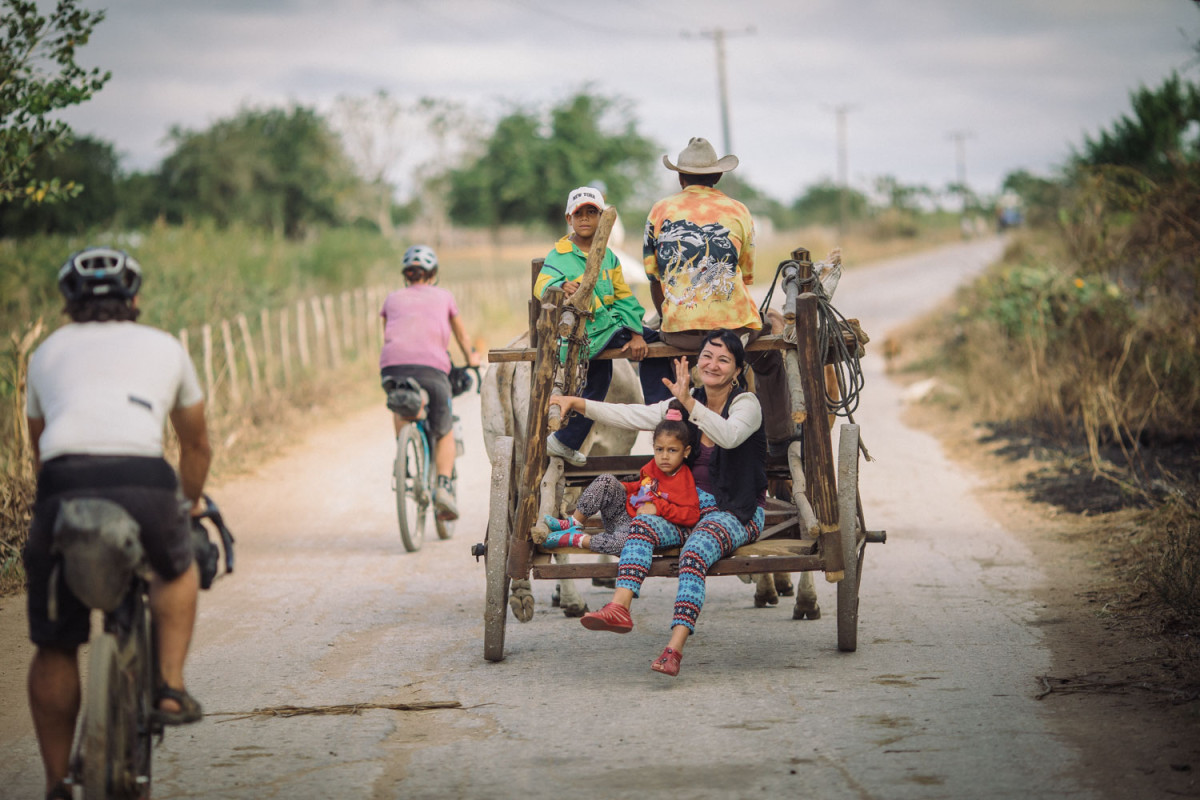
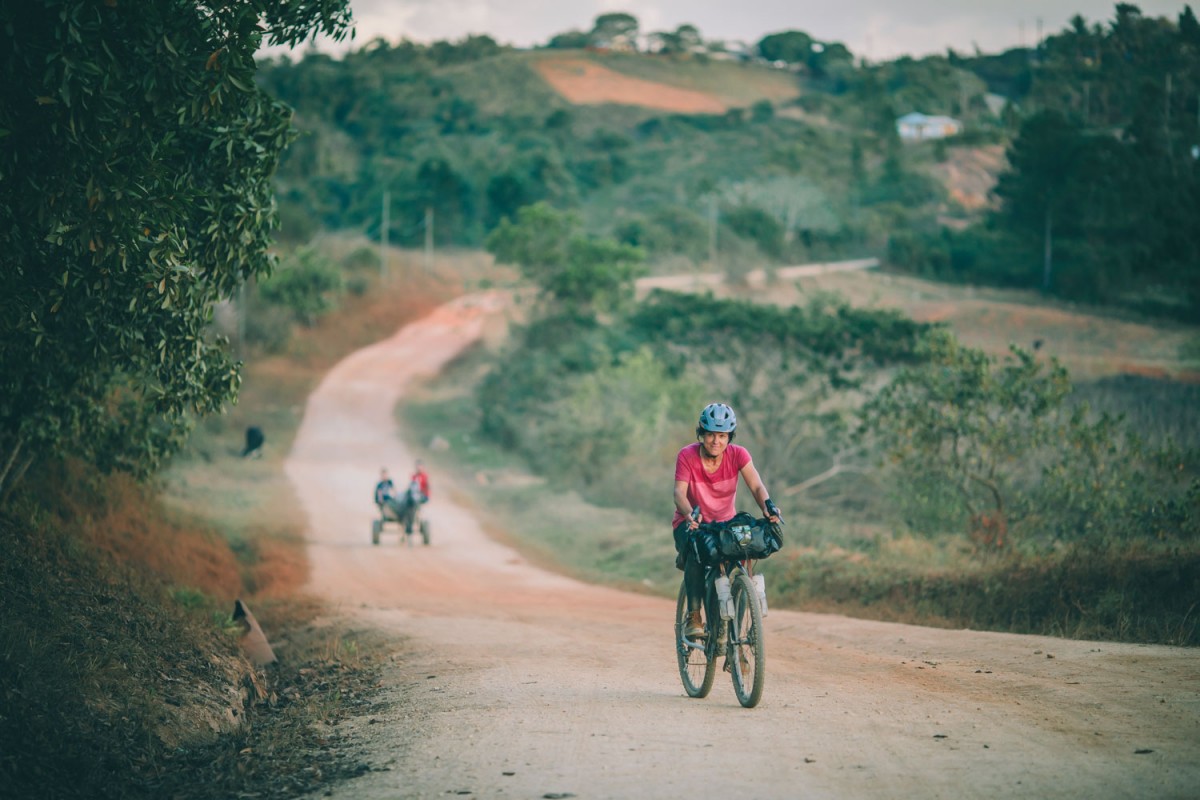
4. Balance (the eternal quest)
We’re striving to seek balance as the popularity of this site grows. And we’re aiming to find this balance in every aspect of the site. This includes the way we’re funded, the gear we review and write about (from high end steeds to homemade hacks), the routes we publish (both challenging and newbie-friendly), the styles of bikepacking (from ultraendurance racing to international dirt-road exploration), as well as the industry news we cover. In doing so, we hope to offer something for everyone who is passionate about bikepacking, no matter your budget, riding style, or time constraints. In addition to this, posting quality, in-depth features, ones that rival anything that can be found both online and in print, is certainly our aspiration and an aspect of the site we want to invest in.
Running this site takes up an incredible amount of time, which often impedes our most important personal goal and the drive behind starting this website: to ride our bikes and share our experiences. This leads us to the most difficult of topics: funding. With this in mind, we aim to work with a core group of talented and passionate contributors, as well as guest writers. Our goal now more than ever is to pay these contributors fairly and quickly. To accomplish this, we offer advertising and sponsorship on the site. However, we are finding it more and more challenging to meet our budget with this alone, and we predict it will be generally unsustainable in the long term. With the overall decline within the bike industry, as well as new social media marketing models being adopted within the industry, advertising rates are being affected.
For this reason, we’re considering a range of options to dovetail our advertising revenue for the future, from micro-financing through memberships, to affiliate links, to partnerships with other publications. In an ideal world, we’d have the finances we need to pay our contributors and ourselves fairly (a crucial part to how we see the future of this site developing), let alone the fees for the rapidly growing body of content we host and the bandwidth required to do so. Not to mention the resources to develop ideas that we have on the back burner, such as new routes map functionality, sorting capabilities, and additional website tools. But, the reality is we have to both go hunting for funding and evolve as economic situations change.
We freely admit this balance can sometimes be a challenge to find, and is one that’s very much open to interpretation. For this reason, we value your feedback. So feel free to tell us below what you’d like to see more of and what you enjoy most. We’ll do our best to take it all into account.

Please keep the conversation civil, constructive, and inclusive, or your comment will be removed.






